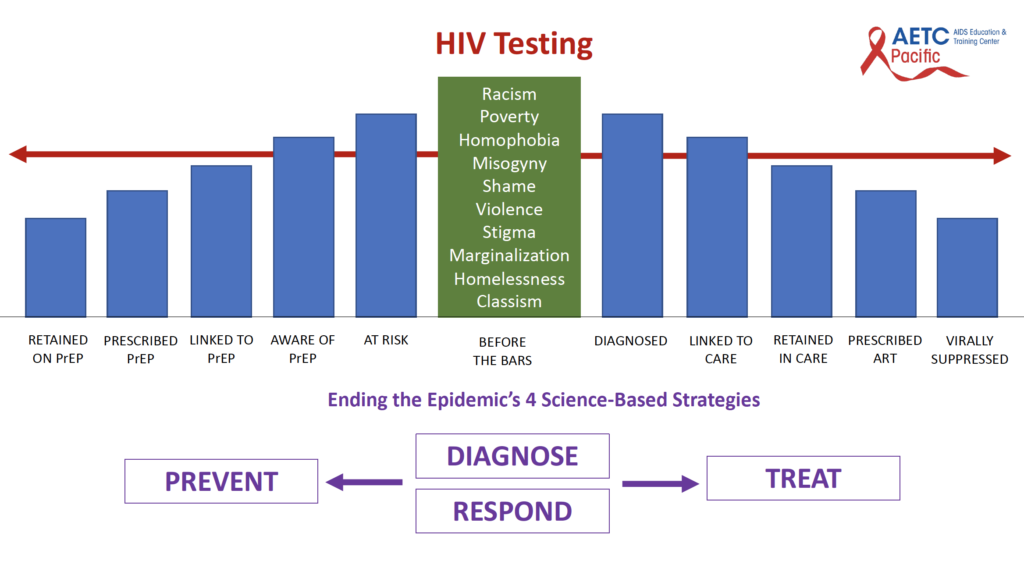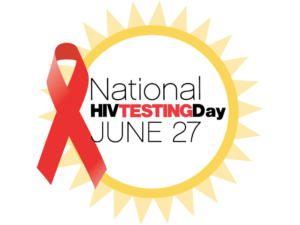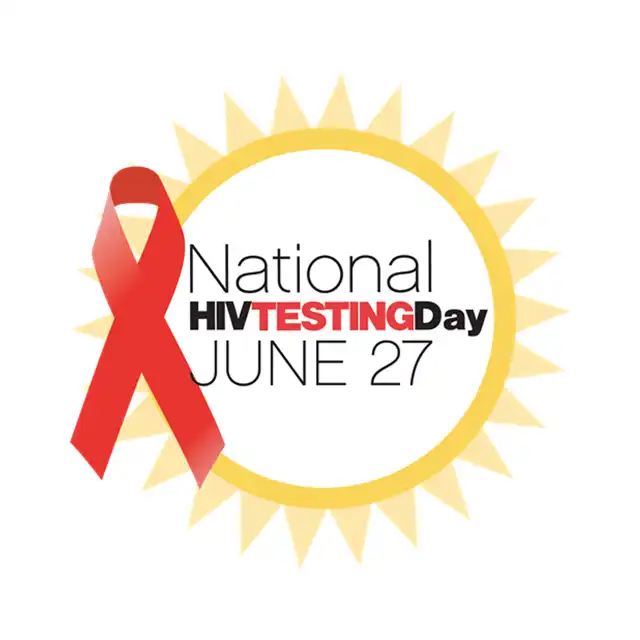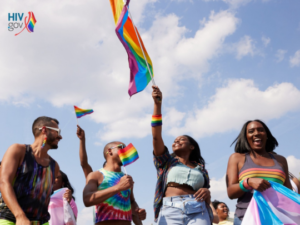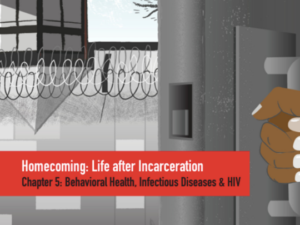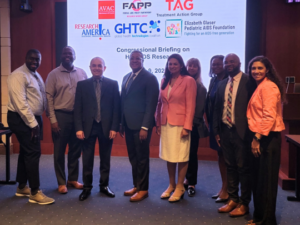
Content From: Harold J. Phillips, MRP, Director, White House Office of National AIDS Policy
On May 9th, I was pleased to serve as a panelist during a congressional briefing titled Then, Now, Imagine: the Path to Ending HIV/AIDS. The briefing was co-hosted by AVAC, Treatment Action Group, Elizabeth Glaser Pediatric AIDS Foundation, Global Health Technologies Coalition, Research! America, and the Research Working Group of the Federal AIDS Policy Partnership, in conjunction with Representative Barbara Lee (D-CA) and the Congressional HIV Caucus. It centered on the importance of HIV research domestically and globally, with a focus on HIV prevention, treatment, and other research funded through the National Institutes of Health (NIH), which moves the U.S. closer to ending the HIV epidemic.
Other panelists included Dr. Bill Kapogiannis, Acting Director of the NIH Office of AIDS Research; Dr. Stephaun E. Wallace, Director of External Relations for the HIV Vaccine Trials Network (HVTN); Ms. Sally Bock, Senior Director of Marketing for HVTN; Dr. Amanda D. Castel, Principal Investigator of the D.C. Cohort Longitudinal HIV Study; and Dr. Sandhya Vasan, Director of the Henry M. Jackson Foundation component of the Military HIV Research Program. Representative Lee provided pre-recorded opening remarks, and Ms. Jessica Salzwedel of AVAC facilitated the panel.
During the briefing, I provided an overview on the alignment of NIH-funded HIV research to national efforts such as the National HIV/AIDS Strategy (2022–2025) (NHAS), the NHAS Federal Implementation Plan, and the Ending the HIV Epidemic in the U.S. (EHE) initiative. I also discussed how NIH colleagues worked to increase inclusion of HIV research opportunities and gaps in the NHAS and its Federal Implementation Plan. It was important to share how NIH-supported HIV research is providing the knowledge base for EHE through implementation science and research on social determinants of health that underlie HIV risk and outcomes.
To wrap up, I highlighted how NIH-funded research relates to ONAP’s priorities to promote U=U, stigma reduction, reduced HIV criminalization, increased public-private partnerships to address HIV, and syndemic approaches for HIV-associated conditions.
Other panelists presented on the following topics:
- The NIH HIV research agenda, strategic planning process, and signature HIV programs, including HIV and aging, HIV and women, technology for HIV research, and early career investigators.
- HVTN’s work to develop a potential HIV vaccine.
- HVTN’s Red Ribbon Registry and contributions to COVID-19 vaccine development.
- The DC Center for AIDS Research’s work to address HIV in the District through the D.C. Cohort Longitudinal HIV Study and collaboration with other key partners globally.
- Current HIV prevention and treatment modalities, as well as global research to advance progress toward a future HIV vaccine and cure.
My fellow panelists and I drove home the point that continued and increased HIV research investments are needed to ensure that domestic and global HIV goals are met. These investments are critical to meeting the needs of people most impacted by HIV and lessening HIV-related disparities.
To learn more about NIH research efforts, I encourage you to read more here. Also, read here for more information about the recent National HIV Vaccine Awareness Day.
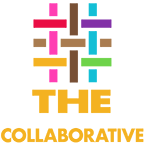
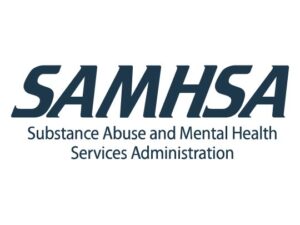

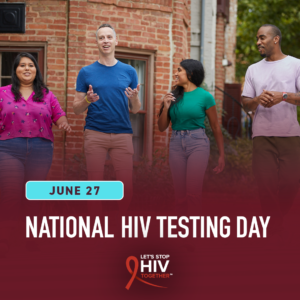 CDC Testing Recommendations
CDC Testing Recommendations